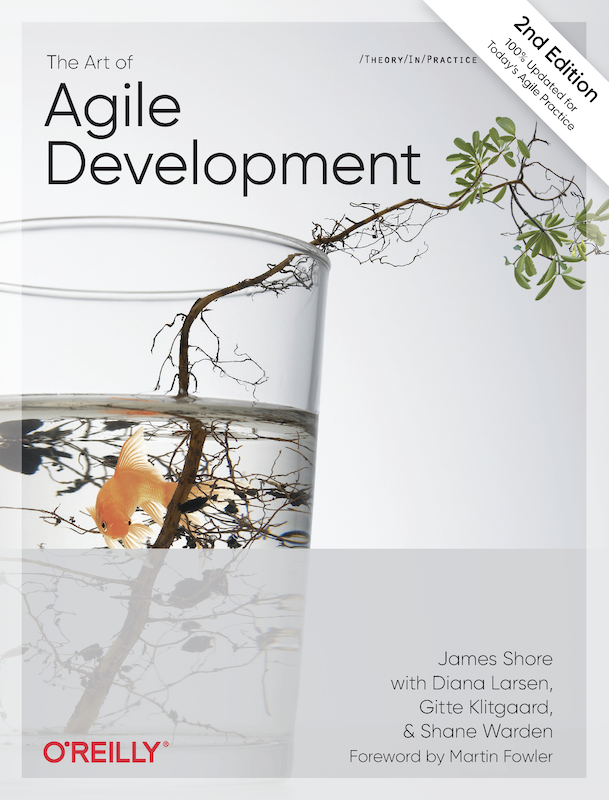Yesterday I received another reminder of the dramatic impact of the Mobility Revolution on how we live our lives. My wife received a text about my brother-in-law’s attempt to have his landline telephone service repaired. Although he’s had a cellphone for years, he wanted to keep his landline.
The home has been in the family and has had continuous telephone service for over 50 years, first provided by AT&T. In 1984 AT&T was forced by regulators to separate out the company’s local telephone operations and so the local provider changed names to Southwestern Bell Telephone. After Congress passed the Telecom Act of 1996, the various divested Regional Bell Operation Companies began reconsolidating. Southwestern Bell renamed itself SBC Communications to sound more like a national (not regional) company. The company acquired Pacific Telesis in 1997, Ameritech in 1998, and BellSouth in 2006. In 2005, SBC Communications acquired AT&T, it’s former parent company, and renamed itself back to AT&T. Although the names have changed, the phone service has been continuously provided by the same operating entity over all those decades.
The quality of service, however, has degraded significantly over the past few years and has become almost unusable. My brother-in-law called AT&T to ask if anything could be done to fix the static on the line. He was informed that his line was the last one being served out of the pedestal in their neighborhood and AT&T (understandably) wasn’t willing to invest to maintain quality service in that location. Instead the company has provided my brother-in-law with a wireless analog telephone adapter (ATA) called the AT&T Phone — Advanced (AP-A). It connects wirelessly to the AT&T cellular network and has a normal RJ-11 telephone jack that he plugs his telephone into. This seems like a reasonable solution that hopefully will prove reliable service for decades to come (at least until wireless network upgrades force a technology update).
Today, it may seem more shocking to us that someone still wants a landline phone, but that is just an indication of how quickly things have changed. My book on the Mobility Revolution was published in 2007. At that time at Sprint we had been tracking “cord cutting” for a few years, but it was still seen as a fringe activity. Less than 20% of households had given up their landline, and most people couldn’t imagine ever doing so.
Today the script has flipped. The Federal Communications Commission (FCC) reports that residential reliance on traditional wireline telephone service fell 71% between December 2008 and June 2017. Today, according to CDC data, more than 73% of Americans live in a home without a landline and only 2% rely solely on a landline. In the 4th quarter of 2023, AT&T reported $22B in mobility revenues and only $3B in consumer wireline revenues. In 2022, the company announced plans to cut its copper footprint by 50%, pushing those customers onto either fiber-based or wireless connections. My brother-in-law is just one of those impacted.
As recently as 20 years ago, we simply assumed that there would always be a telephone on the wall or countertop in almost every home. We regularly went to Radio Shack if we needed the materials to run a new line or replace a phone jack. We went to Circuit City to buy an answering machine to plug into that phone jack. We marveled over cordless handsets from companies like V-Tech. But things change. Some companies anticipate the changes and thrive. Others don’t and fail to survive.
What changes are coming that will impact your industry and your business? Do you need help envisioning the future? Let’s talk!
Read this article at ClearPurpose.




